Wild Dog
Wild Dog is an immersive installation and exhibition exploring the importance of one of Australia’s most misunderstood but significant cultural symbols – the dingo.
Wild Dog is an immersive installation and exhibition exploring the importance of one of Australia’s most misunderstood but significant cultural symbols – the dingo.
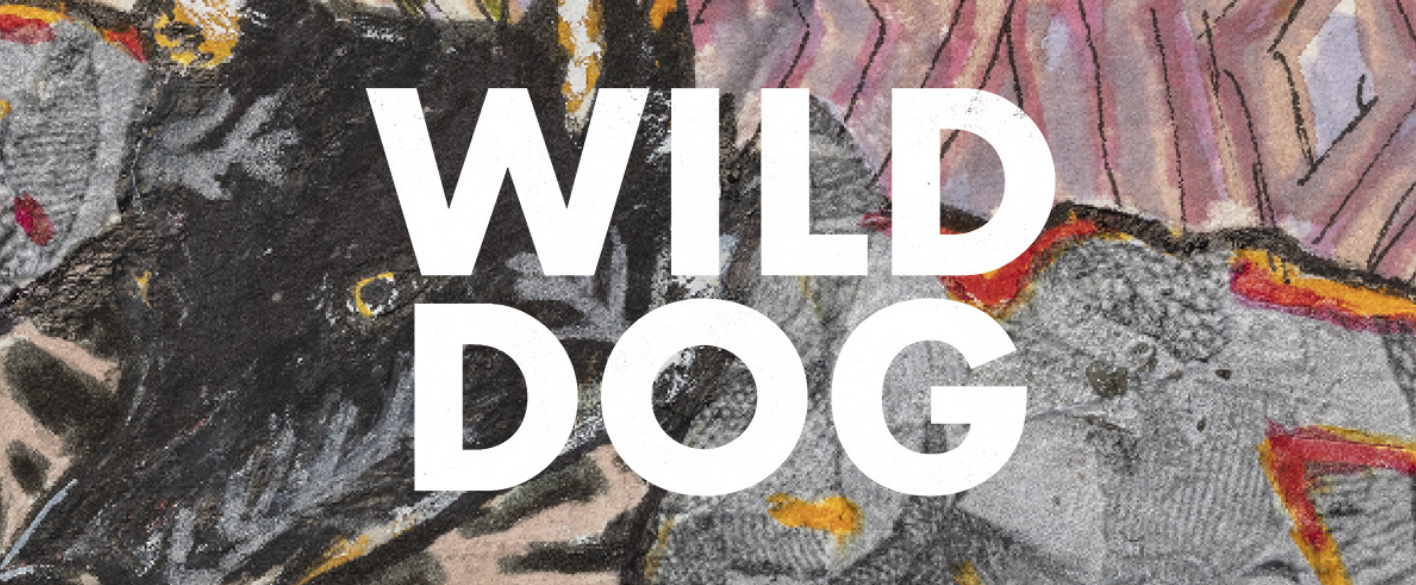

This is the first artistic outcome of a multi-year cultural maintenance and revival project that connects the Dingo story from Kaurna and Narungga country in South Australia to Lardil Country in Mornington Island, including cultural links stretching to the Wild Dog story for the Bunun people from Taiwan.
The project, conceived and artistically directed by Kaurna/Narungga artist Jacob Boehme, has been created to preserve and maintain the Wild Dog story. Often renegaded as a pest, the Dingo has and continues to be a significant living figure in First Nations’ cultures and presence within the Australian ecological system.
All the details you provided will be lost
Wild Dog is an immersive installation and exhibition exploring the importance of one of Australia’s most misunderstood but significant cultural symbols – the dingo.
The project, conceived and artistically directed by Kaurna/Narungga artist Jacob Boehme, has been created to preserve and maintain . Often renegaded as a pest, the Dingo has and continues to be a significant living figure in First Nations’ cultures and presence within the Australian ecological system.
This is the first artistic outcome of a multi-year cultural maintenance and revival project that connects the Kadli, Ngarembee and Bilmee (Dingo) story from Kaurna and Narungga country in South Australia to Lardil Country in Mornington Island, including cultural links stretching to the Wild Dog story for the Bunun people from Taiwan.
The project, conceived and artistically directed by Kaurna/Narungga artist Jacob Boehme, connects First Peoples across Australia and Asia to share, preserve and maintain the Wild Dog story.
Extensive research, consultation, community leadership, participation and shared ownership are central and integral to the Wild Dog Project. In 2020 South Australia and Queensland, Jacob worked with Elders, alongside Community Leaders and a creative team which has led to the creative response of Wild Dog as an exhibition/installation outcome.
The project was conceptualised in 2019 and was initially proposed to be a large-scale public dance presentation. Jacob spent the predominate part of 2020 consulting First Nations communities and identifying who would be involved in the Wild Dog artistic outcome. This included engaging key creatives from across Australia to work on the original Wild Dog public dance presentation.
In the latter half of 2020 due to COVID and further consultation and conversations Wild Dog was reshaped to ensure that communities and artists could continue to develop and contribute to the Wild Dog project and also for audiences to safely engage with the work.
In 2021 an additional extensive consultation with Narungga Elders was undertaken at Stenhouse Bay Hall where 50+ Narungga Elders and community members gathered over 3 days to discuss the Wild Dog and other related stories. From here both men and women representatives were nominated, the creative development and beginnings of the Narungga Wild Dog contemporary dance film had begun.
Through these initial conversations two key Elders were identified and consultation with Kaurna Elders has been ongoing. Senior Kaurna Elders Uncle Lewis O’Brien and Aunty Lynette Crocker have worked with Jacob to gather, collate and record stories about the Kaurna’s relationship with the dingo. They explored themes from the dingo’s role as family to Kaurna people and significance of the Dingo in Kaurna Dreaming stories and as a cultural symbol.
Jacob continued to undertake consultations, this time with Lardil Community in Queensland, with Elders (women and men) who were identified as leaders. A new body of work by Aunty Roxanne Thomas in response to the Ngarmbee (Dingo) story was created. In addition, works by established Kaiadilt artist Netta Loogatha Birrmuyingathi Maali had been selected for exhibition, for their important focus on the Bilmee (Dingo).
Early in Jacob’s research he learned that the dingo arrived in Australia between 3,500 – 5,000 years ago, via sea-faring traders along the Austronesian language belt originating in Taiwan, with DNA and ancestral lineage that ties him to the Singing Dogs of New Guinea and the Malaysian Archipelago, the Formosan Mountain Dogs of Taiwan and even the Pariah Dogs of South India. This evidence reaffirming the ancient songs and stories about the Dingo that stretch across two continents and multiple First Nations.
In Taiwan, Jacob has worked closely with Bunun Nation Curator Dr Biung Ismahasan, and together they created a program comprised of workshops for First Nation communities. The workshops ran by a professional artist, would instil knowledges of the wild dog stories and traditional cultural practices.
Parallel to this on Narungga Country in the town of Maitland, Narungga artists and Elders visited the Central Yorke School and delivered a school’s program that responded to intergenerational transfer of cultural knowledge. The workshops were engaging and relevant for young people today.
Workshops included a wide range of art forms including, but not limited to, revival and traditional practice of dance, song, ceremony and artefact making, while simultaneously including contemporary art forms such as puppetry, visual arts and performance (theatre and dance).
A cross-cultural exchange was undertaken between Narungga and Bunun children. As a result of COVID-19, Namasia Junior High students were unable to be physically present at school during March – May. As such, their workshops and artist residency took place at a different time to the Narungga Nation. A private website was created for children to share the outcomes of their work and learn about each other’s Wild Dog story online.
Narungga country hosted an 8-day film shoot, capturing the traditional Narungga stories that feature the Dingo, Emu, Kangaroo amongst other native animals. The film shoot was overseen by Narungga elders and featured dancers and performers from Narungga Nation and other First Nations. The crew consisted of producers, costume designers, make-up artist and a film crew. Filming took place at several locations across Narungga country including Ardrossan, Curramulka and Troubridge. Directed by Jacob Boehme, the film will make up the Narungga component of the Wild Dog Exhibition.
Throughout the process of Wild Dog many times the project has shifted and shaped due to Elders advice and or COVID impacts. The outcome of Wild Dog will be presented in a live setting while also online to ensure the longevity of the Wild Dog project.
The needs of First Nations Elders to continue the sharing of cultural knowledge has driven the Wild Dog project.
Wild Dog is an exciting project that features film animation, puppetry, dance, song and interactive installations created by artists and communities across five Nations: Narungga (SA), Kaurna (SA), Lardil (Qld), Kaiadilt (Qld) and Bunun (Taiwan). As students move through this fascinating, beautiful, and visceral story that has been thousands of years in the making they will find out how the dingo teaches us many lessons for life; ways of behaving, kinship and our responsibility to caring for Country.
The storytelling of the event is suitable for all ages.
An Education Resource has been prepared to support teachers to prepare students prior to visiting the event and as a follow up after the event and to engage in the Revitalisation & Maintenance of First Nations peoples’ cultural practices of:
-Language
-Dance
-Visual Arts
-Drama
-Storytelling
The Education Resource includes a sequence of learning activities for students from Foundation to Year 10 that will provide:
-Culturally responsive teaching activities with curriculum aligned lesson plans
-Learning activities for students post attendance at Wild Dog.
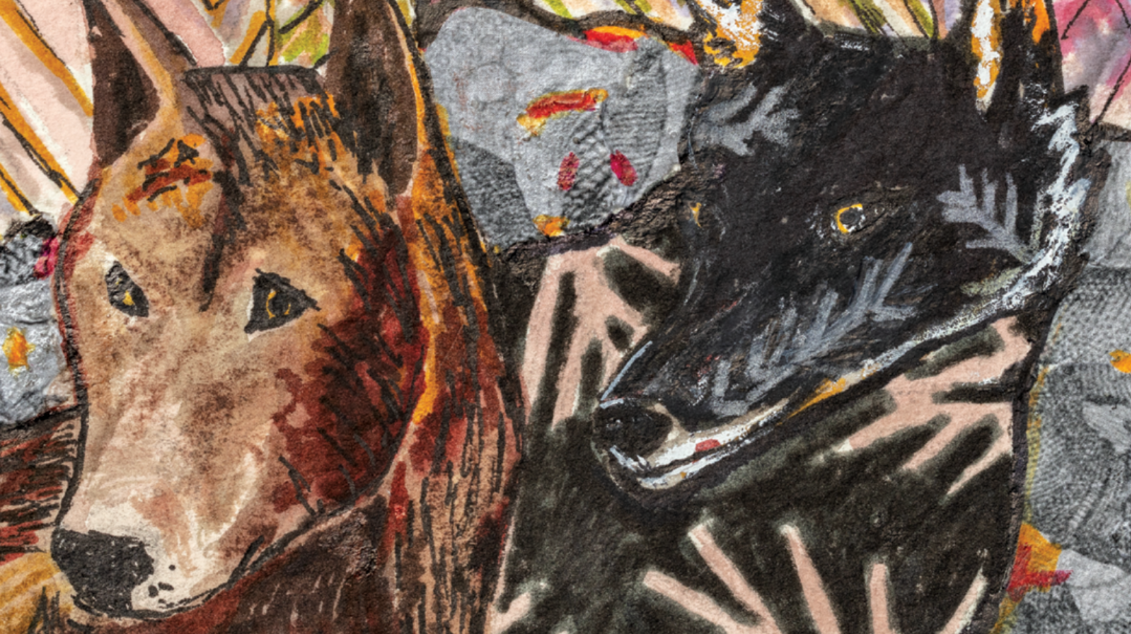
Director & Writer
Jacob Boehme | Narungga, Kaurna Peoples
Cheeky Boy
Jacob Boehme
Cinematographer & Editor
Keith Deverell
Narungga Songwoman & Lyricist
Sonya Rankine | Ngarrindjeri, Ngadjuri, Narungga, Wirangu Peoples
Producers
Insite Arts International
Jason Cross, Kate Hancock, Penelope Leishman & Victoria Raywood
Child
Aviana Chantrill-Daveson | Ngarrindjeri, Ngadjuri, Narungga, Wirangu Peoples
Country Arts South Australia
Samantha Yates | Taungurung, Louisa Norman, Seb Calabretto & Dominic Guerrera | Kaurna, Ngarrindjeri Peoples
Child
Aviana Chantrill-Daveson | Ngarrindjeri, Ngadjuri, Narungga, Wirangu Peoples
Elders
Aunty Deanna Newchurch | Narungga, Kaurna, Adnyamathanha, Ngaduri, Ngarrindjeri Peoples
Uncle Rex Angie | Narungga, Kaurna, Bungala, Nauo, Wirangu, Ngadjuri Peoples
Uncle Dimmy Agius | Narungga
Narungga artifact maker
Ian (Bobo) Harradine
Garrdi & Dhuggudja Dancers
Tjaruta Dance Collective:
Melanie Koolmatrie | Ngarrindjeri
Caleena Sansbury | Ngarrindjeri, Narungga, Kaurna Peoples
Kenneth Johnson | Ngarrindjeri, Erawirung, Kanakas Peoples
Nhandhu
Kaine Sultan-Babij, Eastern Arrernte, Gurindgi Peoples
Winda
Aunty Lynette Newchurch | Narungga, Kaurna, Adnyamathanha, Ngaduri, Ngarrindjeri Peoples
Gadli Puppeteers
Alison Currie
Cazna Brass
Composer & Sound Designer
James Henry | Yorta Yorta, Yuin, Yuwaalaraa, Gamilaraay Peoples
Background Vocals
Jacob Boehme & James Henry
Choreography
Kaine Sultan-Babij
Costume Design & Art Finishing
Kathryn Sproul & Suncana Gogic
Costume Consultant
Aunty Deanna Newchurch
Costume Construction (The Boy, Black Dog Puppeteers)
Suncana Gogic & Tesa Gogic
Costume Construction (The Elders, Dancers, Children)
Seana O’Brien
Woven Costume Accessories (The Elders)
Sonya Rankine
Puppet Design & Creation
Tim Denton
Hair, Make-up & Special Effects
Beverley Freeman
Unit Production Manager
Kate Hancock
Production Supervisor
Ollie Black
Camera 1st AC
Sasha Smith, Boandik People
Set Production Coordinator & on-set Photographer
Pirie Martin
Set Production Assistants
Uncle Rex Angie, Seb Calabretto & Dominic Guerrera
Caterer
Caroline Bonnett, Marion Bay Catering
Soundtrack Mastering
Andrew Robinson
Photography
Colleen Raven
Wild Dog Dreaming has been made with permission from Narungga Elders and the community.
Wild Dog Dreaming is an adaptation of several ancestral stories from the Narungga Nation as told by Papa Eddie Sansbury and his grand-daughters, Aunty Irene Agius, Aunty Pamela and Aunty Elaine Newchurch, with permission from Narungga Elders.
Wild Dog Narungga cultural story, handed down from Aunty Irene Agius to Quenten Agius and Louise Brown.
Filmed on Narungga Country, South Australia
Artistic Direction
Jacob Boehme
Narungga, Kaurna peoples
Dramaturge
Dominic Guerrera
Ngarrindjeri, Kaurna Peoples
Recording artist/Editor
Raymond Zada
Barkindji People
Storytellers
Aunty Lynnette Crocker
Kaurna
Uncle Lewis O’Brien
Kaurna
Astronomy Consultant
Paul Curnow
Kaurna Night Sky Design
Graeme Stanley
Dingo Soft Sculptures Design
Kathryn Sproul
Dingo Soft Sculpture Construction
Seana O’Brien
Curator
Dr Biung Ismahasan
Bunun People, Taiwan
Elders in Residence
翁德才 Mu’u, 林蘇紫美 Ingu, 韃虎.伊斯瑪哈單.伊斯立端 Dahu Ismahasan Islituan, 伊斯坦大.阿布 Istanda Abu, 黟布 Ibu and 曾秋明 Amui
Students from Namasia Junior High School
Artist
Roxanne Thomas
Elder
Uncle Frank Watt
Artist
Netta Loogatha Birrmuyingathi Maali
Curator
Jacob Boehme
Co-curator
John Armstrong
Artists
Students from Central Yorke School, Maitland, Yorke Peninsula
Caitlin Wanganeen
Isaiah Rigney
Caylum Karpany-Drover
Kuliah Power
Blake Elliot
Tyreese Scott
Tiaysha Power
Kyleasha Scott
Artist-in-Residence
Jacob Boehme
Book by Dick Roughsey, Lardil People
Film by Western Woods Studio

There are so many people and organisations that came together to make this project happen. Thank you to each and everyone of you.
All the details you provided will be lost
Uncle Lewis O’Brien
Uncle Klynton Wanganeen
Uncle Eddie Newchurch
Uncle Jeffrey Newchurch
Uncle Moggy Sumner
Aunty Regina McKenzie
Lee-Ann Tjunypa Buckskin
Ian (Bobo) Harradine
Aunty Lynette Newchurch
Sonya Rankine
Clem Newchurch
Nikki Ashby
Brad Harkin
Kev Kropinyeri
Jacob Boehme
Aunty Deanna Newchurch
Aunty Lynette Newchurch
Uncle Rex Angie
Uncle Demetrious (Dimmy) Agius
Uncle Lewis O’Brien
Aunty Lynette Crocker
Aunty Roxanne Thomas
Uncle Frank Watt
翁德才 Mu’u
林蘇紫美 Ingu
韃虎.伊斯瑪哈單.伊斯立端 Dahu Ismahasan Islituan
伊斯坦大.阿布 Istanda Abu
黟布 Ibu
曾秋明 Amui
Jeffrey Newchurch
Melissa Agius
Carlo Sansbury
Renate Sansbury
Dimmy Agius
Angelena Harradine
Michael Wanganeen
Lesley Wanganeen
Tanya Angie
Ann Newchurch
Cyril Kartinyeri
Paul (Henry) Baker
Roslyn Goldsmith
Christina Stockley
Robert Weetra
Eddie Newchurch
Ian Harradine
Cecil Graham
Garth Agius
Evelyn Varcoe
Lyn Harrison
Merle Simpson
John Buckskin
Claudia Buckskin
Lyall Sansbury
Janine Sansbury
Ian Harradine
Claudia Smith
Alice Newchurch
Lizzie Newchurch
Ronnie Newchurch
Kevin Oloughlin
Jason Hartwig
Anne Newchurch
Melissa Agius
Bart Sansbury
Angelina Harradine
Demetrious Agius
Lyn Harrison
Jade Brook
Tanya Angie
Janita Haven
Kaiya Agius
Amanda Beare
Mathew McMenamin
Lynda Webb
Bart Sansbury
Johanna Kite
Marlene Harradine
Jade Harradine
Leonhard Miller
Michael Wanganeen Jnr
Peter Turner
Vanessa Agius
Peggy Weetra
Kaylene O’Loughlin
Klynton Wanganeen
Ronnie Newchurch
Edmond O’Loughlin
Kelly Sansbury
Peggy Weetra
Kaylene O’Loughlin
Klynton Wanganeen
Ronnie Newchurch
Edmond O’Loughlin
Kelly Sansbury
Country Arts SA
Insite Arts
Tarnanthi
Art Gallery of South Australia
With support from Tandanya National Aboriginal Cultural Institute
Narungga Nations Aboriginal Corporation
Point Pearce Aboriginal Corporation
Mirndiyan Gununa – Mornington Island Art Centre
Central Yorke School
Namasia school
State Library South Australia
Indigenous Languages and Arts
Arts South Australia
Arts Queensland
Ministry of Culture Taiwan
Port Adelaide Enfield Council
Country Arts SA – Regional Arts Fund
Artback NT
Carclew
Australia Council for the Arts
Lucy Guerin Inc
Special thanks to the Narungga students at Central Yorke School, Maitland, Yorke Peninsula and to the exhibition designers Skein.

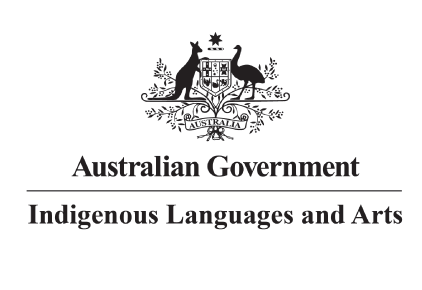



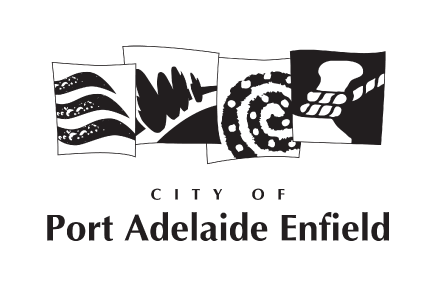
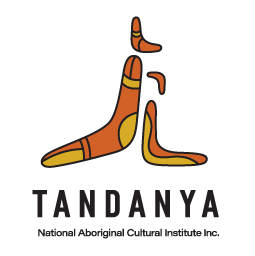
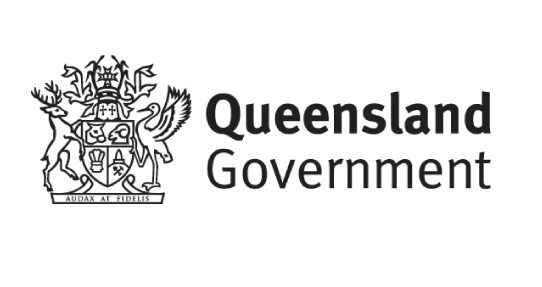
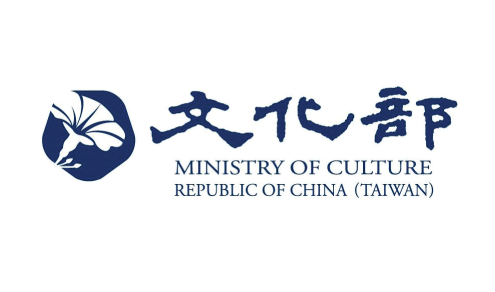
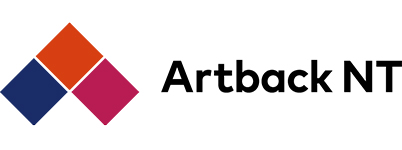
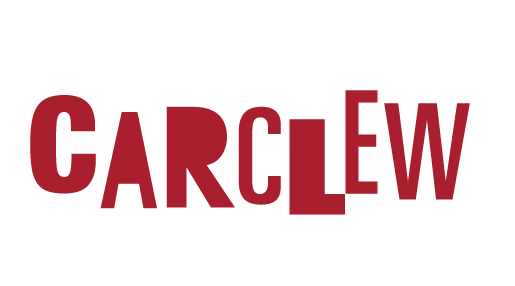
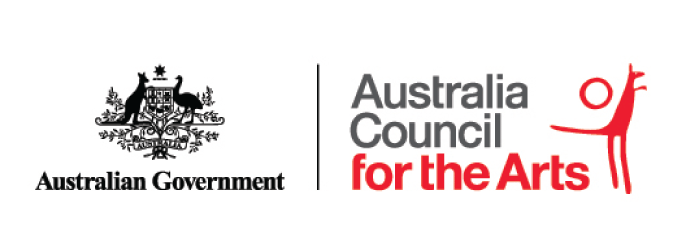
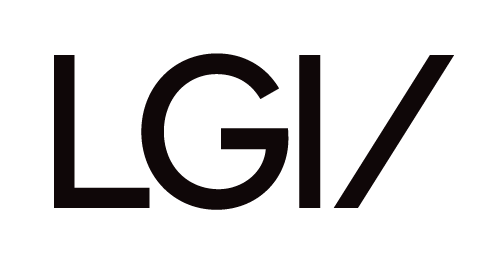

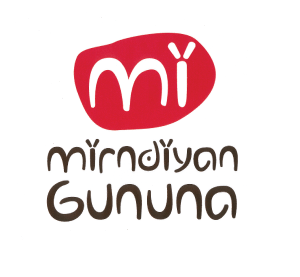
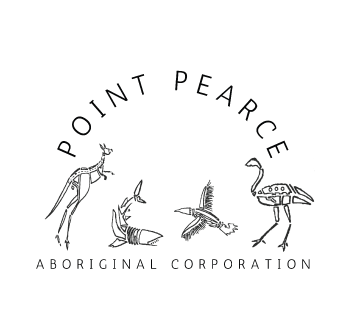

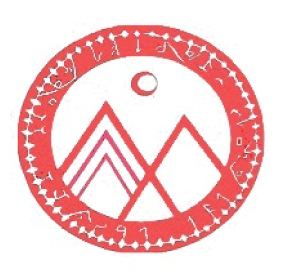
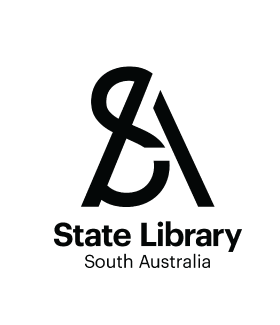
Country Arts SA pays respect to Aboriginal and Torres Strait Islander peoples and recognises their continuing connection and spiritual relationship to these lands, waters and skies. We are committed to listening and helping care for Country, and to safeguard, share and celebrate First Nations’ living cultures.